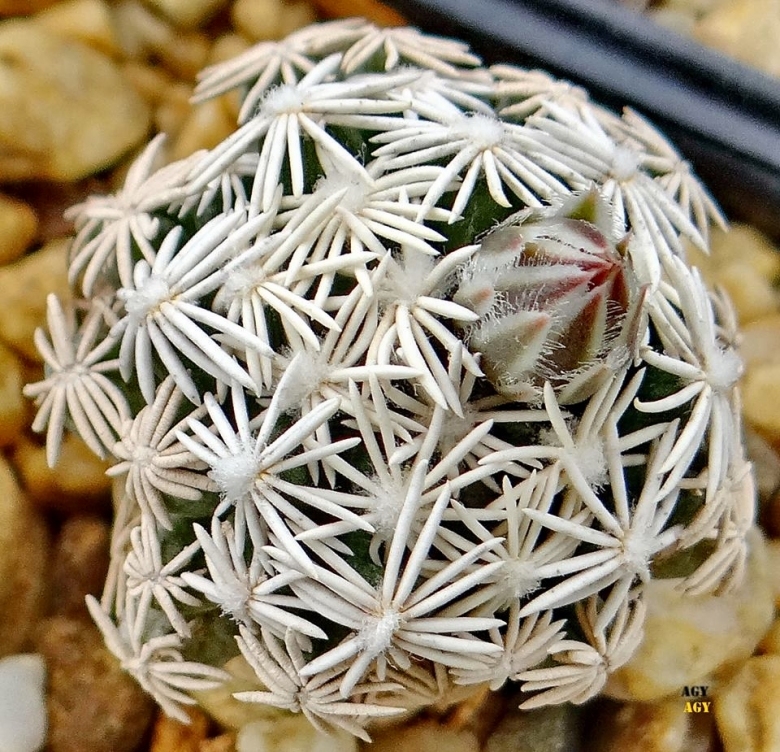
Escobaria abdita Photo by: Agócs György
Origin and Habitat: South of El Oro a small town about 12 km east of Monclova, Coahuila (Mexico, Northern America)
Type Locality: Basin east of the settlement El Oro, 1100 m a. s. l.
Habitat: They grow in a very dry environment in a flat depression seasonally flooded and almost deprived of any visible vegetation.
Ecology: During the long extreme drought, characteristic of this area practically throughout the year, the stems of Escobaria abditaSN|23792]]SN|23792]] retract and drive under the ground so the plants comes to be partially or completely buried, covered with dust and unnoticeable. It is only in wet periods that these plants become visible as they absorb moisture and swell. The stems enlarge and bloom some weeks after the rain.
Synonyms:
Description: Escobaria abditaSN|10274]]SN|23792]] is a fascinating little, very cryptic, geophytic plant with a swollen subterranean root. The plant bears a resemblance both to Escobaria minimaSN|10308]]SN|10308]] (spines) and Escobaria missouriensisSN|23792]]SN|10274]] (flowers).
Stem: Solitary 2-3 cm in diameter, but often more in cultivation.
Root: Napiform, succulent, solitary or few branched approximatively 10 cm long.
Radial spines: Short, ivory to chalk-white, finger-like more or less spindle-shaped, round and four-layered in cross-section in a characteristic radial-pectinate arrangement.
Central spines: None.
Flowers: 35-45mm long and 30-35mm wide, on the newest areoles on the plant apex, small whitish with light pink or brownish stripes on the tepals. Style green; Anthers yellow.
Fruit: 6-8 mm long and 5-7mm in diameter, as it mature it dry up into a very thin translucent, parchment-like structure.
Bibliography: Major references and further lectures
1) Edward Anderson “The Cactus family” Timber Press, Incorporated, 2001
2) James Cullen, Sabina G. Knees, H. Suzanne Cubey "The European Garden Flora Flowering Plants: A Manual for the Identification of Plants Cultivated in Europe, Both Out-of-Doors and Under Glass" Cambridge University Press, 11/Aug/2011
3) David R Hunt; Nigel P Taylor; Graham Charles; International Cactaceae Systematics Group. "The New Cactus Lexicon" dh books, 2006Jackie M. Poole, William R. Carr, Dana M. Price, Jason R. Singhurst “Rare plants of Texas: a field guide” Texas A&M University Press, 30/Dec/2007
 Escobaria abdita Photo by: Flavio Agrosi
Escobaria abdita Photo by: Flavio Agrosi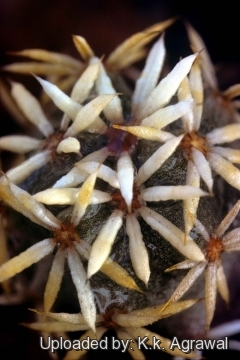 Escobaria abdita Photo by: K.k. Agrawal
Escobaria abdita Photo by: K.k. Agrawal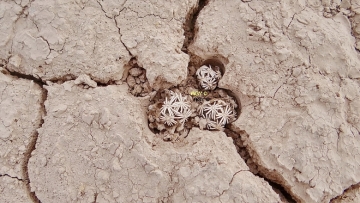 Mexico. In times of drought, the whole above-ground portion of these plants can shrink and be covered by the dry mud. Photo by: Agócs György
Mexico. In times of drought, the whole above-ground portion of these plants can shrink and be covered by the dry mud. Photo by: Agócs György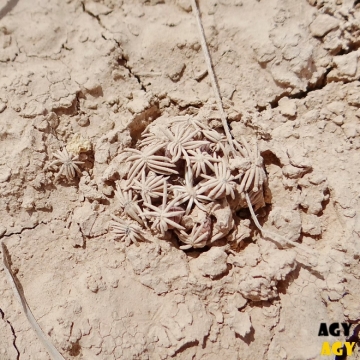 Mexico. In time of drought the stems drive under the ground so the plants comes to covered with dust and unnoticeable. Photo by: Agócs György
Mexico. In time of drought the stems drive under the ground so the plants comes to covered with dust and unnoticeable. Photo by: Agócs György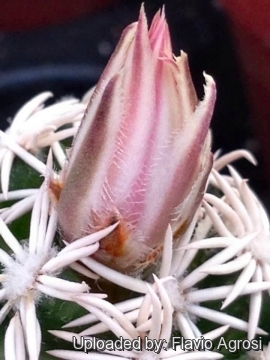 Escobaria abdita Photo by: Flavio Agrosi
Escobaria abdita Photo by: Flavio Agrosi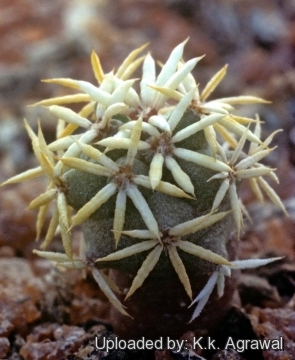 Escobaria abdita Photo by: K.k. Agrawal
Escobaria abdita Photo by: K.k. Agrawal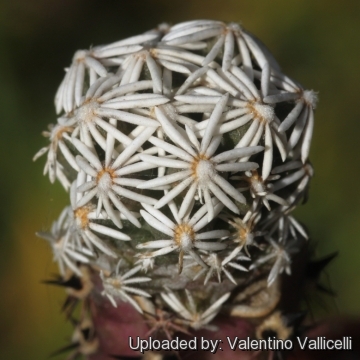 Escobaria abdita Photo by: Valentino Vallicelli
Escobaria abdita Photo by: Valentino Vallicelli Escobaria abdita Photo by: Agócs György
Escobaria abdita Photo by: Agócs GyörgyCultivation and Propagation: Slow-growing, not easy at all to cultivate as it need full sun and a very porous draining substrate (rot prone). Water regularly in summer, but do not over-water. It prefers a completely dry place during winter with much drainage. A cool greenhouse would be perfect.
Propagation: Seed, cuttings and grafting.
Your Photos
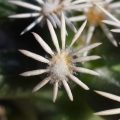
by Valentino Vallicelli
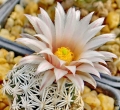
by Agócs György
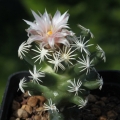
by Valentino Vallicelli
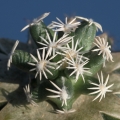
by Valentino Vallicelli

by Valentino Vallicelli
























